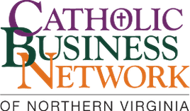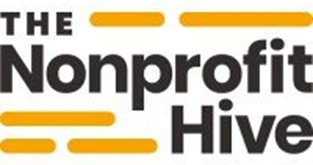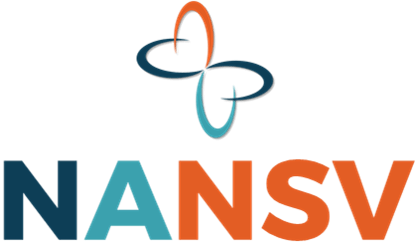Looking Again at Strategic Planning
A proposed definition and its implications for non-profits
All
non-profits need a sound Strategic Plan to guide them into the future. The reasons
are clear—primarily, a “30,000 foot view” of future demands and how the
organization can position itself to cost-effectively meet them by, balancing priorities
and resources, making tradeoffs, building internal capacity, diversifying
funding, etc. Strategic Planning helps align services with changing population
dynamics, increase efficiency, improve quality, expand programs, and much more,
while remaining sustainable over the long term.
It’s a requirement for “sticking around” and staying relevant, being
there for people and addressing their most pressing issues.
But what does “Strategic Planning” mean, exactly? We often throw these words around with great confidence, but there is little consensus in the discipline—let alone the non-profit world—about how they’re defined. As a result, we see general confusion about (and frustration with) process and outcomes, inconsistent practices across organizations, and incomplete “products.” From what we’ve seen, sadly, many non-profit—and quite frankly, a lot of consultants—don’t really have a good understanding of Strategic Planning “in concept” If the definition isn’t right, neither is the approach, and efforts to engage in the activity won’t produce the necessary results—to survive and thrive.
It makes sense, then, to spend some time talking about exactly what we’re doing when we undertake Strategic Planning, so we can apply a process that delivers what it promises. Fortunately, we have lots of cross-sector knowledge and client experiences—we’ve seen what works, and what doesn’t. From that, we propose five “key phrases” to build a useful understanding of Strategic Planning:
- Longer-term horizon—Forecasting the future, focusing on on-going
challenges not “radar blips,” defining planned, sustainable solutions rather
than “knee-jerk,” “quick hit” responses.
- Big picture perspective—Detaching from “daily operations,” looking at the whole, integrated
organization and surrounding environment, aligning with the vision, mission,
and values.
- Logical construction—Starting with defined end-period
outcomes and a known departure point, developing a structure path forward while
considering “what-ifs” and risks.
- Outcome orientation—Realistically evaluating resource access over
time to ensure feasibility, defining “projects,” executing as a coordinated
program with end and milestone targets.
- Flexibility to change—Identifying possible scenarios and
planning contingencies, continuously engaging at a leadership level to
recognize, interpret, and respond to results and changes.
Taken together, these key phrases capture the essence of Strategic Planning. With this in mind, we can articulate a consistent process that will be effective for all non-profits, one that encourages thinking at the appropriate levels and, ultimately, delivers the right outcomes even as things change. Our five phrases inform the elements of this process:
- Anticipation—Accurately projecting
future needs and conditions. This step ensures the non-profit isn’t using an
outdated picture of demand and providing static services, but is appropriately shifting
to emphasize and support services the community needs going forward.
- Planning—Defining focus, “success,”
and what needs to be done. This centers
the non-profit on its mission and “market” overlap, lifts it out of a “day-to-day”
thought process, enables options to be considered and decisions made in context
toward specific goals and objectives.
- Action—Implementing solutions,
on time and within budget. This makes
the plan a reality, moving forward with resolve and purpose in a coordinated fashion
to secure stability and continued relevance, and realize opportunities to deliver
better and do more.
- Adaptation—Monitoring and
responding to results and external changes. This keeps the non-profit’s plan alive,
providing a mechanism for early recognition of performance issues and emerging
challenges, and correcting or diverting from the course if needed to ensure
success.
Note that in this framework, “planning” is one of several components. This is partially why correctly defining Strategic Planning is so difficult to begin with—the term itself is confusing because it focuses attention on a single part of a larger endeavor. To understand Strategic Planning in a meaningful way, and to engage in a successful Strategic Planning initiative, requires seeing the plan as only part of a more extensive effort, designed for action that achieves long-term goals even when things happen that affect the non-profit’s strategies, measures, targets, and/or objectives. Understanding this is critical—after all, a piece of paper is just that, and it can’t by itself accomplish anything.
Of course, each of the four elements in the above Anticipate, Plan, Act, and Adapt framework have a lot underneath them—details non-profits must know to ensure they get the necessary results from their Strategic Planning initiatives. Fear not, however… we’ve thought these things through, laying out in detail what the four “pillars” entail and employing (and constantly refining) the process with a wide range of non-profit organizations. We’re out of room for this newsletter, but new four posts will cover them in depth. Read up, and feel free to contact Snowflake at info@snowflakellc.com for more information.
Read Other Posts





















